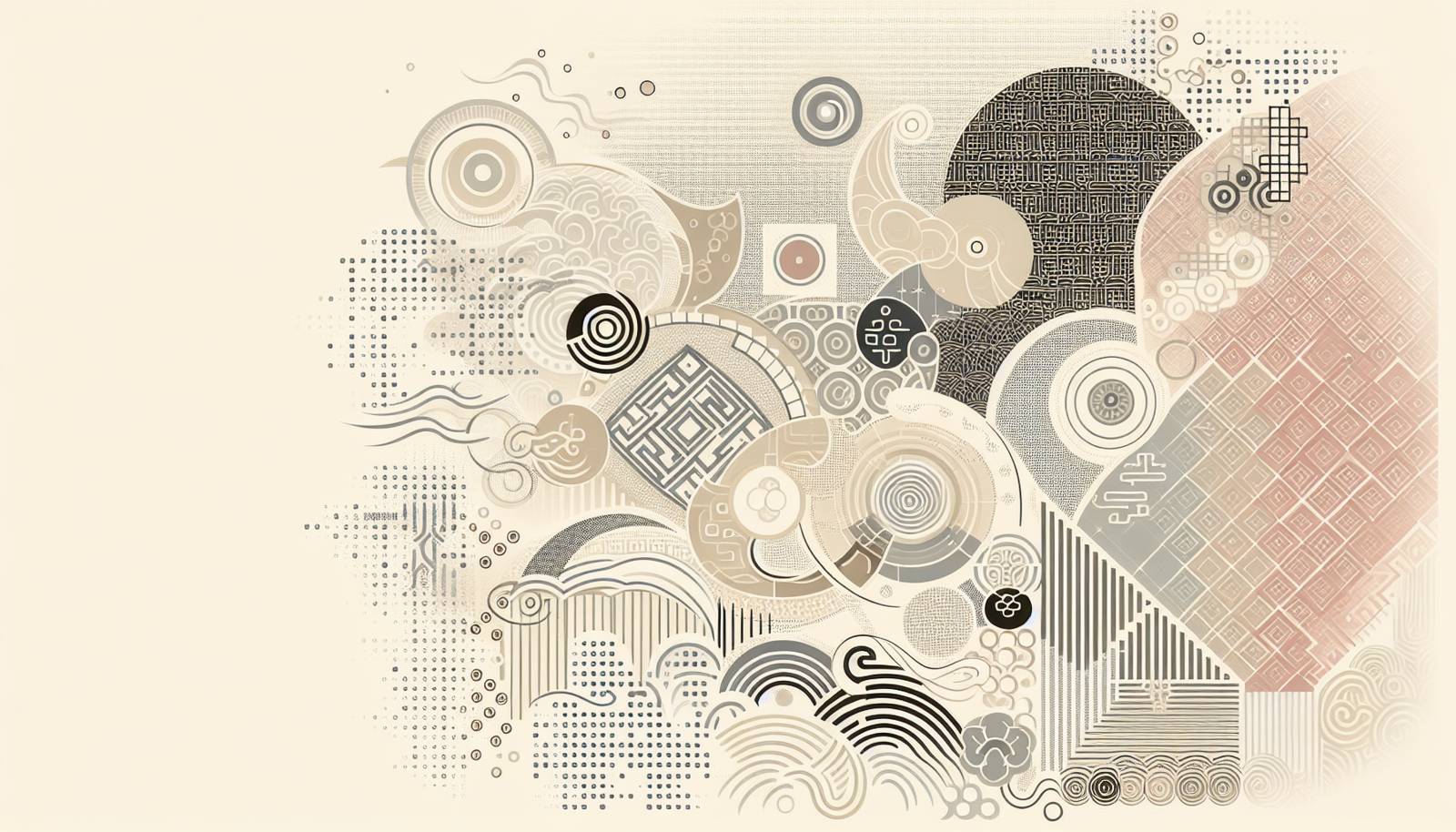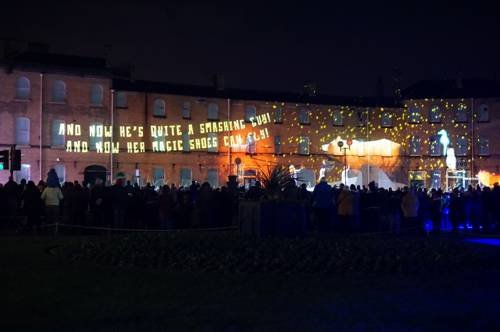
FAQ About The Role of Urban Legends in Cultural Narratives

What is an urban legend?
An urban legend is a modern story that is often believed to be true but is usually based on hearsay or superstition rather than fact. These stories often circulate widely and become part of local folklore, reflecting cultural narratives and societal concerns.

How do urban legends reflect societal anxieties?
Urban legends often tap into common fears or anxieties present within a society. They serve as a reflection of what's worrying a community at any given time. For example, legends about technological failures might reflect anxieties about rapid technological advancements.

In what ways do urban legends communicate moral lessons?
Urban legends often include a moral or cautionary aspect. These stories are used as a method to communicate societal norms and acceptable behavior, often through exaggerated consequences for breaking those norms.

Can urban legends influence cultural beliefs?
Yes, urban legends can significantly influence cultural beliefs. They reinforce existing values and norms by providing vivid examples of what can happen if these are not followed. Over time, these stories can shape or even alter cultural narratives.

What role do urban legends play in community identity?
Urban legends contribute to community identity by providing shared stories and experiences. These tales can offer a sense of belonging and cohesion among members of a community as they bond over common knowledge and understanding of these local myths.

How do urban legends differ around the world?
While the basic structure of urban legends is universal, the content varies significantly across different cultures. These differences often reflect local societal values, fears, and cultural norms, resulting in unique stories that resonate with local audiences.

Are urban legends always fictitious?
While urban legends are usually fictional, they often contain elements of truth or are inspired by real events. The blend of truth and fiction makes them more believable and compelling, contributing to their widespread acceptance and circulation.

How have urban legends evolved with technology?
With the rise of the internet and social media, urban legends have evolved and spread more rapidly. Modern technology provides platforms for these stories to reach a global audience quickly, allowing for adaptations and variations to emerge across different cultures.

Can urban legends be considered a form of folklore?
Yes, urban legends are considered a form of modern folklore. They function similarly to traditional folktales by conveying cultural values, fears, and lessons through storytelling, ensuring their place in the cultural narrative of a society.

Why are urban legends popular among young adults and teenagers?
Urban legends often attract young adults and teenagers because they tap into themes of mystery, fear, and rebellion, which are particularly resonant during the formative years. These stories provide a thrilling way to explore boundaries and societal mores.

What is the impact of urban legends on popular culture?
Urban legends significantly impact popular culture by influencing movies, literature, and art. They inspire creative works and provide material for storytelling, highlighting societal issues in a way that is both accessible and entertaining.

How do urban legends spread?
Urban legends spread through word-of-mouth, media, and more recently, through the internet and social media platforms. The ease of sharing information online has accelerated their spread, allowing them to quickly reach a vast audience.

Do urban legends have any positive effects on society?
While they can potentially spread misinformation, urban legends can also have positive effects, such as strengthening community bonds or providing a means to address and discuss societal fears and anxieties in a non-threatening way.

What are some common themes found in urban legends?
Common themes in urban legends include fear of the unknown, technology gone wrong, moral lessons, cautionary tales, and mistrust of outsiders. These themes often reflect deeper societal concerns and serve as a mirror to contemporary issues.

How can urban legends influence behavior?
Urban legends can influence behavior by serving as cautionary tales. By highlighting the potential consequences of certain actions, they can encourage individuals to adhere to social norms and avoid risky or morally questionable behaviors.

What is the connection between urban legends and conspiracy theories?
Urban legends and conspiracy theories are similar in that they both involve narratives that are often based on speculative or unverified claims. However, conspiracy theories usually revolve around significant events or political issues, whereas urban legends are more localized and personal in nature.

Are there any famous urban legends that have been disproven?
Yes, many urban legends have been debunked over time. For example, the widespread belief in alligators inhabiting New York City sewers has been thoroughly investigated and dismissed as a myth, demonstrating how urban legends can persist despite factual evidence.

How do urban legends contribute to cultural storytelling?
Urban legends contribute to cultural storytelling by providing engaging narratives that reflect societal values and concerns. Through these stories, cultural norms and collective fears are expressed and shared, enriching the tapestry of cultural heritage.

Do urban legends adapt over time?
Urban legends often adapt over time to reflect changes in society and culture. These adaptations help ensure their continued relevance, allowing them to persist and resonate with new generations as cultural contexts evolve.

What role do urban legends play in myth-making?
Urban legends play a significant role in modern myth-making by providing contemporary tales that address current societal issues and anxieties. They function much like ancient myths, offering explanations or warnings about the human experience.
